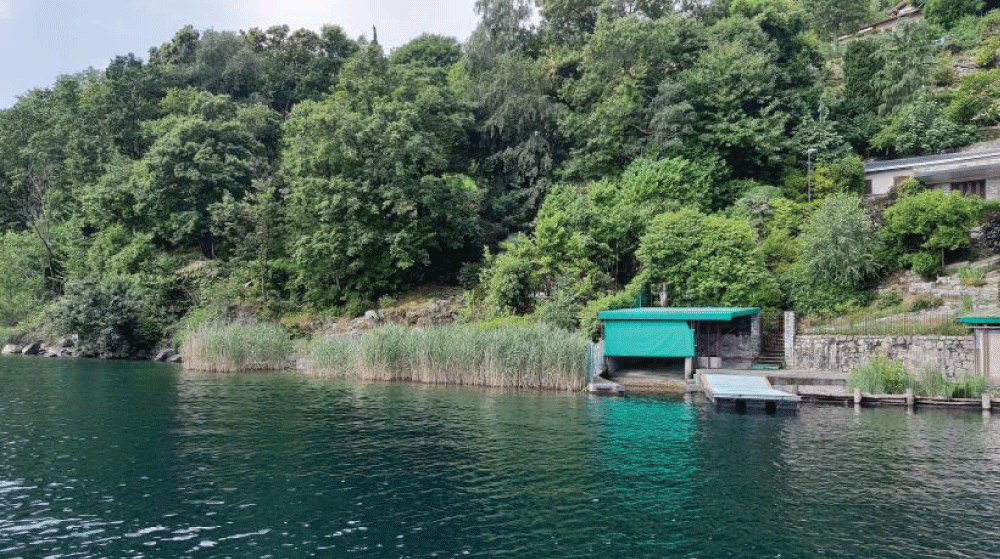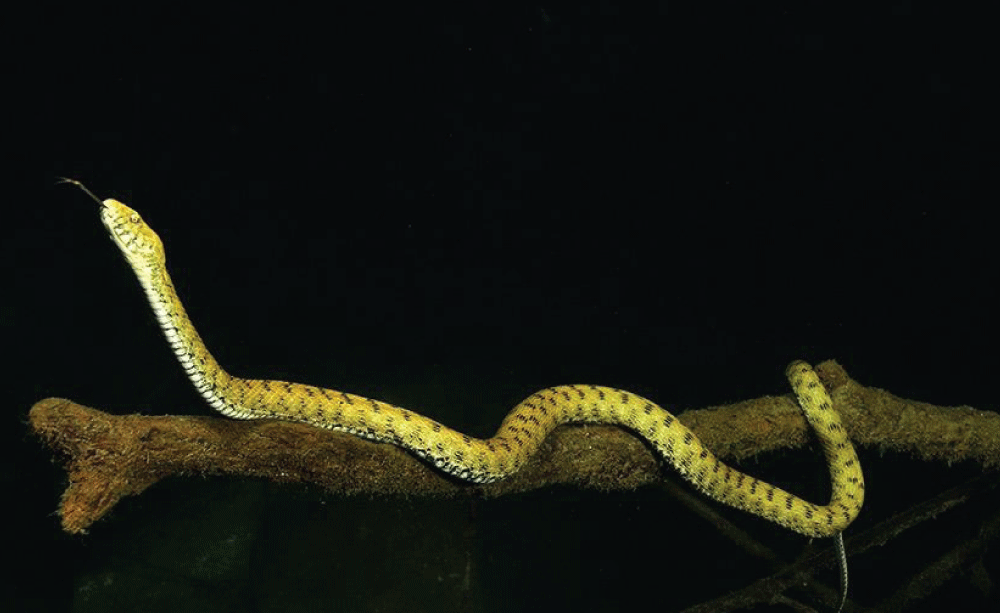Into the Deep: Diving Record for the Dice Snake Natrix tessellata (Laurenti, 1768) in Lake Orta, NW Italy
Exploring the Depths – New Diving Records of the Dice Snake in Lake Orta
The dice snake (Natrix tessellata), a fascinating Palearctic freshwater species, has long intrigued scientists with its aquatic adaptations. Recent observations in Lake Orta, NW Italy, have revealed an unprecedented diving depth of 17 meters for this species, challenging prior knowledge of freshwater snake behavior. This blog delves into the study, “Into the Deep: Diving Record for the Dice Snake Natrix tessellata,” and its broader implications for understanding freshwater ecosystems.
Introduction to the Dice Snake
The dice snake belongs to the Natricidae family and is recognized for its aquatic lifestyle, thriving in both lentic (still water) and moderately lotic (flowing water) environments. Feeding primarily on small fish, it is well-adapted to hunting underwater, using its streamlined body and sharp eyesight.
While most freshwater snakes are rarely found at depths exceeding a few meters, the dice snake’s adaptability to deeper waters underscores its ecological resilience.
Observations in Lake Orta
A recent citizen science initiative, conducted in collaboration with the Deep Green Divers Association, has provided groundbreaking data on the diving behavior of dice snakes. The study recorded 16 sightings, including two below the lake’s thermocline, at depths of up to 17 meters. These findings expand our understanding of the snake’s habitat range and potential behavioral adaptations.
Key Data Points
- Location: Punta Grunf and Ponte Sassina in Lake Orta.
- Maximum Depth Observed: 17 meters (20th September 2020).
- Thermocline Depth: Approximately 10–15 meters during summer.
What Drives Deeper Diving?
The study speculates several reasons for the dice snake’s unexpected deep dives:
- Thermoregulation: Diving below the thermocline may help the snakes lower their body temperature, especially during warmer months.
- Adaptation to Environmental Change: Rising surface temperatures due to climate change might push snakes and their prey to colder, deeper waters.
- Exploration: The behavior could signify a natural flexibility to exploit a broader ecological niche.
Implications for Conservation and Ecology
The dice snake is protected under European conservation directives, yet its deep-diving behavior opens new avenues for research:
- Ecosystem Monitoring: Observing dice snakes can provide insights into the health of freshwater ecosystems.
- Climate Impact Studies: Understanding how rising temperatures affect thermocline-dependent species like the dice snake can inform conservation strategies.
- Behavioral Ecology: Exploring how these snakes interact with their environment at greater depths could reveal unknown ecological dynamics.
Citizen Science and Its Role
The success of this study highlights the potential of citizen science in expanding our knowledge of the natural world. Volunteers, equipped with proper training, collected valuable data that contributed to this discovery. Their work not only enriched scientific understanding but also fostered greater awareness and appreciation for biodiversity.
Future Research Directions
While these findings are groundbreaking, they raise several unanswered questions:
- How long can dice snakes remain at such depths?
- What physiological adaptations allow them to withstand higher water pressures?
- Are there seasonal variations in their diving behavior?
Addressing these questions requires further studies combining field observations with laboratory experiments.
Conclusion
The diving behavior of the dice snake challenges established notions about freshwater reptiles and emphasizes the need for continued research into their biology and ecology. Observations like these underline the interconnectedness of species and ecosystems, reminding us of the importance of preserving biodiversity.
Tags
- Dice Snake
- Natrix tessellata
- Freshwater Ecosystems
- Biodiversity Conservation
- Citizen Science
- Lake Orta
- Snake Diving Behavior
- Climate Change Impact

Figure 1: Punta Grunf, Lake Orta. Near this location, a specimen was observed at a depth of 17 m. Photo by Paola Viviana Trovò.

Figure 2: Specimen of Natrix tessellata swimming at a depth of 17 m. Photo taken with flash by Alessio Viora.
